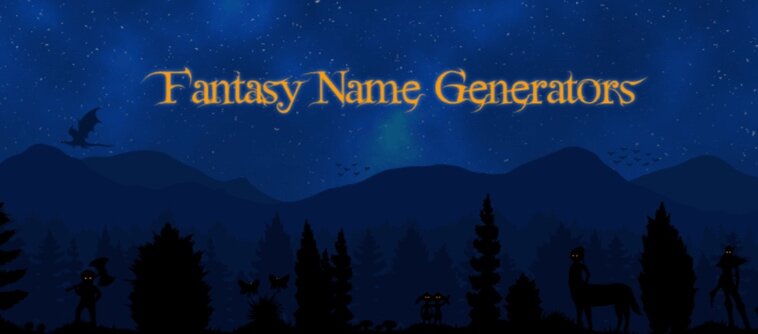Do you remember your first guitar? Or how about the first time you restringed it all on your own. Way back when I was just getting into one of the most popular musical instruments in pop music today I was quickly fascinated with the wide variety of melodies that came quickly to my fingertips, but also noticed that I often fell into the same keys time and time again.
How was it that so much of my favourite music played with chords on guitar sounded all the same?
Turns out that in the 16th century, western music decided that EADGBE was standard. Strings tuned by fourths with a major third thrown in the middle just provided the easiest and most plentiful options for chords and scales. I think after 5 centuries it may be time for a refresher (at least on occasion).
There are countless ways to string a guitar from the innovative Led Zeppelin with FACFAC on When the Levee Breaks, to off the wall F#F#F#F#EB used by Sonic Youth in Kool Thing (among others).
Not all tunings are equal, so if you’re just getting started experimenting with alternatives, here’s a great list of 5 guitar tunings that are time-tested.
Open D
Open D is a full major chord tuning prevalent among blues musicians especially those hailing from the Mississippi Delta region all the way to Bob Dylan. More recent examples include The Cave by Mumford and Sons and Jigsaw Falling into Place by Radiohead.
What’s great about this tuning is the low D root is easily accessible as an open string. Try it for great finger picking bass lines, or even just let it ring open as you strum.
C6
Just one full step down on each string from Open D and you’ll find another major tuning called open C. Bringing the fifth string back up to A however creates a beautiful jazzy C6 chord used often by the aforementioned Mumford and Sons and Led Zeppelin.
Due to the importance of the open chord, this tuning can create a full droning sound. Don’t be afraid to hit many open strings while you strum and use a capo to transpose that sound anywhere on the fretboard.
Nick Drake Tuning
Nick Drake was an inspiring singer-songwriter raised in England who never received the acclaim he deserved (gone too soon at the age of only 25) but who’s legacy continues on to this day in a vibrant cult following. He was especially inventive when it came to non-standard tunings which you can hear throughout his albums, but one of the most common is what is now known as Nick Drake tuning.
This tuning doesn’t create a full chord as much as the two previous examples (it’s really a C major with an added fourth) but you can still rely on a lot of open strings. What makes this tuning really unique is the unfamiliar fingerlings and note combinations you won’t find anywhere else.
Playing with this tuning definitely took a little while to get used to, but once the new patterns became clear I was so glad to be out of my comfort zone.
Open G
Open G tuning is another open string chord based tuning that made its mark on music history through blues players like Robert Johnson and in rock and roll with the Rolling Stones.
Rhythm and slide guitar works great on this tuning since barring all the notes on the same fret will create a chord wherever you are on the fretboard. Watch for the fact that unlike Open D, the root note of this tuning is not the lowest string.
This simple change which may seem like a limitation has only served to inspire newer proponents of this style in Coldplay, and Queens of the Stone Age, among others.
Dsus4/Modal D
Last but not least is what's commonly referred to as “Dadgad” tuning. While it might seem like only a simple change from Open D tuning mentioned earlier, the third string changed to a G turns the whole open chord into a Dsus4 without any major or minor influence. For those interested in music theory that means there is no latent harmonic direction to this tuning.
To the western ear this tuning may sound especially unfamiliar and it has inspired many folk and rock guitarists like Davey Graham and Jimmy Page to try and emulate North African, Arabian and Indian style music.
As stated this tuning is not based on a major chord and therefore is not well suited for open string strumming however, like Nick Drake tuning, the new note layout will quickly open up endless melodic possibilities.
Conclusion
Every guitar tuning on this list has something unique to bring your music. Where some make bass lines and blues effortless, others push the boundaries of guitar music and force you to think outside the box. For me, discovering the possibilities of alternate tunings was the beginning of a new era of guitar playing, and I hope they inspire you as well.
Getting used to these changes may take some time but once you get the hang of it, new melodies, chords and ideas will pop up like never before. Those old guitar strings will sing again with new life and new songs. Getting into alternate tunings can also open up a new world of learning songs you may have been intimidating previously.
What are some of your favourite songs with alternate tunings?
If you need further help creating your own music, we offer music production services that will help you elevate your sound and bring your song to life!
We look forward to being a part of your success.
Contact us here to get started.
- By Erik Steiner

















